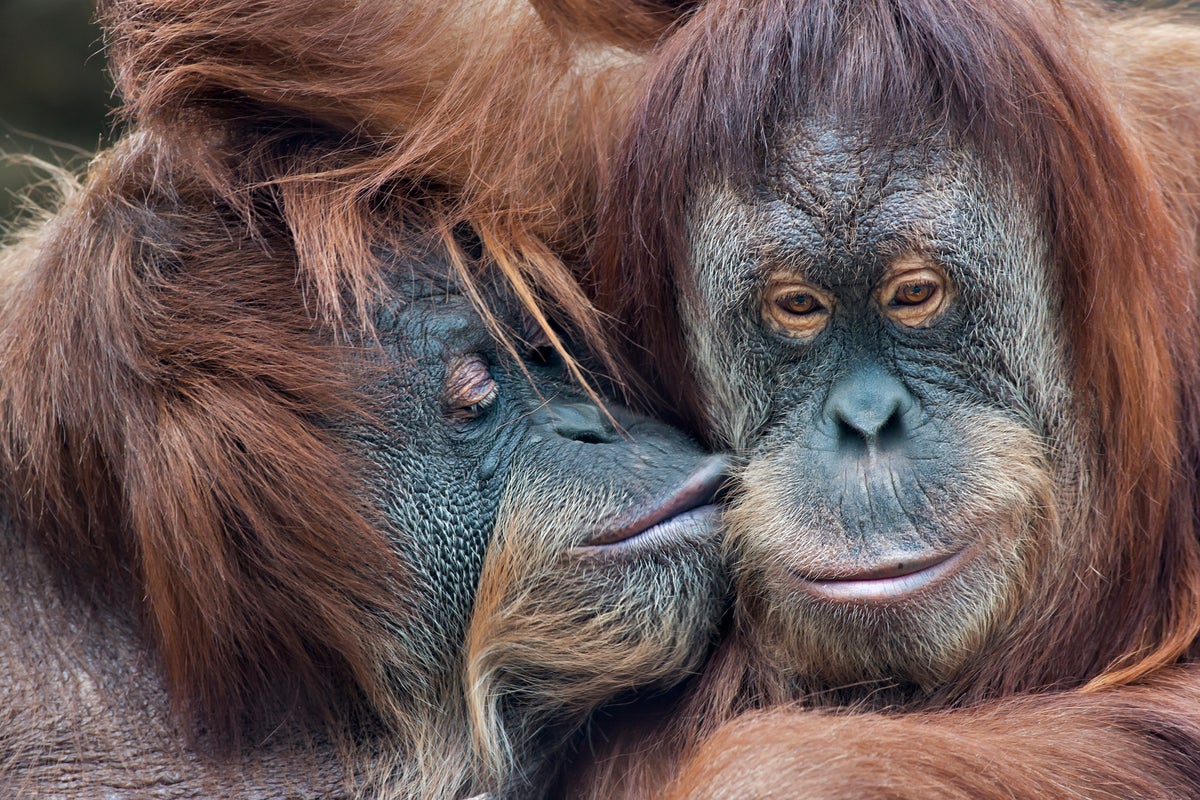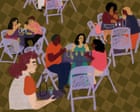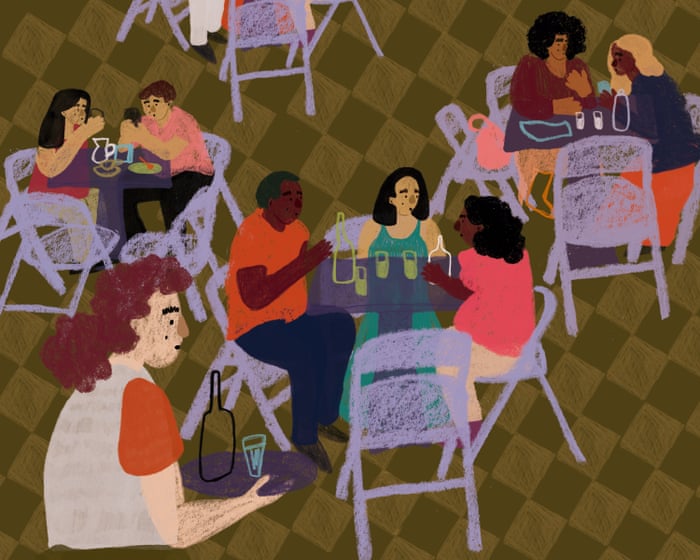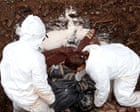L’idée folle d’un scientifique : peut-on vraiment envoyer un criminel dans le Soleil pour qu’il y brûle ?

Le fait même d'y penser est fondamentalement sadique, mais la physique nous enseigne que cette expérience tournerait vite au fiasco.









Homo sapiens and Neanderthals may have kissed, researchers at the University of Oxford discovered

© Getty Images/iStockphoto
Physics Around the Clock: Adventures in the Science of Everyday Living
By Michael Banks
Why do Cheerios tend to stick together while floating in a bowl of milk? Why does a runner’s ponytail swing back and forth? These might not be the most pressing questions in physics, but getting to the answers is both fun and provides insights into important scientific concepts. These are just two examples of everyday physics that Physics World news editor Michael Banks explores in his book Physics Around the Clock, which begins with the physics (and chemistry) of your morning coffee and ends with a formula for predicting the winner of those cookery competitions that are mainstays of evening television. Hamish Johnston
Quantum 2.0: the Past, Present and Future of Quantum Physics
By Paul Davies
You might wonder why the world needs yet another book about quantum mechanics, but for physicists there’s no better guide than Paul Davies. Based for the last two decades at Arizona State University in the US, in Quantum 2.0 Davies tackles the basics of quantum physics – along with its mysteries, applications and philosophical implications – with great clarity and insight. The book ends with truly strange topics such as quantum Cheshire cats and delayed-choice quantum erasers – see if you prefer his descriptions to those we’ve attempted in Physics World this year. Matin Durrani
Can You Get Music on the Moon? the Amazing Science of Sound and Space
By Sheila Kanani, illustrated by Liz Kay
Why do dogs bark but wolves howl? How do stars “sing”? Why does thunder rumble? This delightful, fact-filled children’s book answers these questions and many more, taking readers on an adventure through sound and space. Written by planetary scientist Sheila Kanani and illustrated by Liz Kay, Can you get Music on the Moon? reveals not only how sound is produced but why it can make us feel certain things. Each of the 100 or so pages brims with charming illustrations that illuminate the many ways that sound is all around us. Michael Banks
A Short History of Nearly Everything 2.0
By Bill Bryson
Alongside books such as Stephen Hawking’s A Brief History of Time and Carl Sagan’s Cosmos, British-American author Bill Bryson’s A Short History of Nearly Everything is one of the bestselling popular-science books of the last 50 years. First published in 2003, the book became a fan favourite of readers across the world and across disciplines as Bryson wove together a clear and humorous narrative of our universe. Now, 22 years later, he has released an updated and revised volume – A Short History of Nearly Everything 2.0 – that covers major updates in science from the past two decades. This includes the discovery of the Higgs boson and the latest on dark-matter research. The new edition is still imbued with all the wit and wisdom of the original, making it the perfect Christmas present for scientists and anyone else curious about the world around us. Tushna Commissariat
The post Breakfast physics, delving into quantum 2.0, the science of sound, an update to everything: micro reviews of recent books appeared first on Physics World.
Move comes after French scientists issued urgent appeal to prevent La Pascaline from leaving the country
A rare example of the first functioning calculating machine in history looks likely to stay in France after Christie’s withdrew it from auction pending a definitive ruling from a Paris court on whether or not it can be exported.
La Pascaline, developed by the French mathematician and inventor Blaise Pascal in 1642, when he was just 19, and billed as “the most important scientific instrument ever offered at auction”, had been expected to fetch more than €2m (£1.8m).
Continue reading...
© Photograph: Christie's

© Photograph: Christie's

© Photograph: Christie's








With the exception of a few species, and most apes and a handful of monkeys have been observed to kiss

© Getty Images
I once even thought I had seen my late grandmother. Can science explain my overfamiliarity with strange faces?
When I was in my mid-20s, I spotted my grandma through the window of a coffee shop. I was dumbstruck – she had passed away the year before. I stared for a moment, then reminded myself it couldn’t be her.
I’d had similar experiences all my life. Every now and then, I “recognized” someone I didn’t know. Sometimes I could quickly pinpoint who the stranger reminded me of – like my grandma. Other times, a face simply had a vague familiarity I couldn’t place.
Continue reading...
© Illustration: Bárbara Quintino/The Guardian

© Illustration: Bárbara Quintino/The Guardian

© Illustration: Bárbara Quintino/The Guardian

The Senate Commerce Committee plans to hold a second confirmation hearing next month for Jared Isaacman’s nomination to be NASA administrator.
The post Senate Commerce Committee schedules hearing on Isaacman renomination appeared first on SpaceNews.
Tens of thousands of families are desperately searching for loved ones ‘disappeared’ by the country’s drug cartels. Now, pigs, drones and AI are being used to find clandestine graves
Six years ago, Guadalupe Ayala was left distraught after her 25-year-old son, Alfredo Ezequiel Campos, was taken from his home in Tlajomulco. It was another name added to the list of more than 15,000 people recorded as missing in the western Mexican state of Jalisco. In the state capital, Guadalajara, a major traffic junction plastered with posters of missing people has been renamed the “roundabout of the disappeared”.
There are more than 100,000 missing people in Mexico – one of the tragic consequences of the country’s deadly drug crisis, with most of the “disappeared” believed to be abducted by organised crime groups and drug cartels. The total is likely to be even higher as many people are not reported missing for fear of retribution.
Continue reading...
© Photograph: Jalisco Search Commission

© Photograph: Jalisco Search Commission

© Photograph: Jalisco Search Commission
Rare pink colour could make the individual stand out to predators, expert says

© NZ Department of Conservation
Iron-based catalyst found to enhance efficiency of alternate, more sustainable reaction

© Getty Images




Findings highlight diversity of sexual behaviours exhibited by primates

© ANP/AFP via Getty Images




It is book week here at Physics World and over the course of three days we are presenting conversations with the authors of three fascinating and fun books about physics. First up is my Physics World colleague Michael Banks, whose book Physics Around the Clock: Adventures in the Science of Everyday Living starts with your morning coffee and ends with a formula for making your evening television viewing more satisfying.
As well as the rich physics of coffee, we chat about strategies for finding the best parking spot and the efficient boarding of aeroplanes. If you have ever wondered why a runner’s ponytail swings from side-to-side when they reach a certain speed – we have the answer for you.
Other daily mysteries that we explore include how a hard steel razor blade can be dulled by cutting relatively soft hairs and why quasiparticles called “jamitons” are helping physicists understand the spontaneous appearance of traffic jams. And a warning for squeamish listeners, we do talk about the amazing virus-spreading capabilities of a flushing toilet.
This episode is supported by the APS Global Physics Summit, which takes place on 15–20 March, 2026, in Denver, Colorado, and online.
The post Better coffee, easier parking and more: the fascinating physics of daily life appeared first on Physics World.

